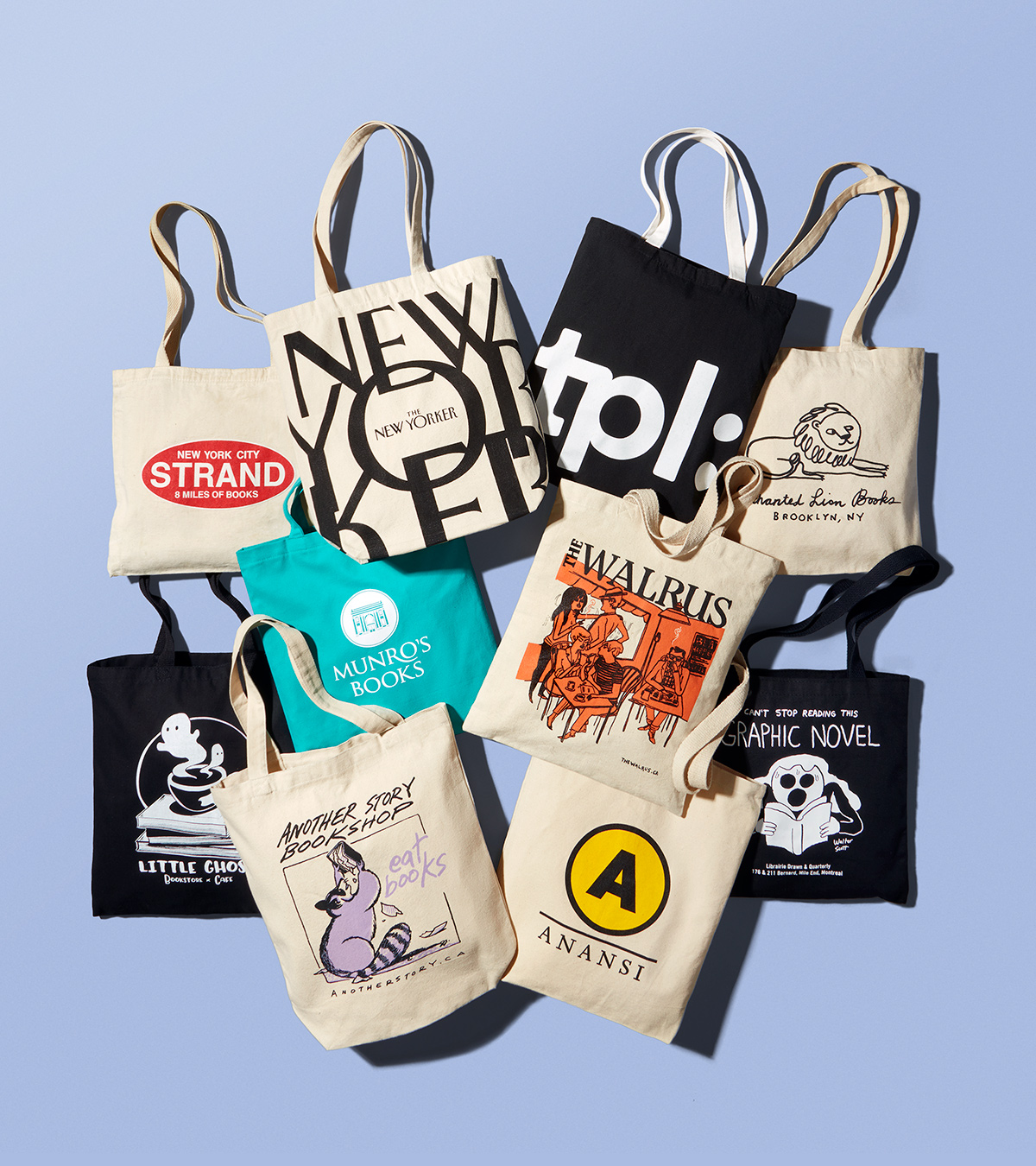
In the 1880s, a newspaper owner named Jasper Meek was looking out the window of his print shop in Coshocton, Ohio, when he saw a young girl drop her school books. As the story now goes, the sight inspired him to fashion a burlap bag in which people could carry books. But Meek also had an entrepreneurial mind, and he figured out a way to maximize his profit: he’d charge local businesses to print their names on the bags, which then served as tiny billboards as they were carried across town.
Canvas as a textile wasn’t unusual among labourers. But the tote’s commercial popularity began in 1944, when L. L. Bean launched what was then called the “ice bag,” because it was originally used to literally carry ice. The bag was relaunched in the ’60s and hasn’t changed in any meaningful way since: wide, made of structured canvas, with a flat bottom, reinforced handles, a trim available in several colours, and the option of a custom monogram. The company now offers a variety of shapes and sizes, but the classic tote is still one of its bestsellers.
In the decades that followed, totes have grown from a journeyman staple to a ubiquitous literary trophy on the streets of many major cities as well as on Instagram and TikTok. Concerns about single-use plastics over the past few years have undoubtedly fuelled the demand. But there’s also a mystique to the tote. It has gone on to inspire high-end designers: you can now own leather or cowhide versions by Prada, Hermès, or the Row. “The tote bag fits a larger trend of the democratization of fashion,” Dicky Yangzom, a cultural and economic sociologist at New York University, told Vox in 2022. “Similarly to utility wear in fashion with the rise of the jumpsuit, this wasn’t designed for mass fashion. It was more geared toward people who do more manual work, right? So all of these categories are shifting.” Yangzom says that tote bags, having moved past their humble origins, are here to stay.
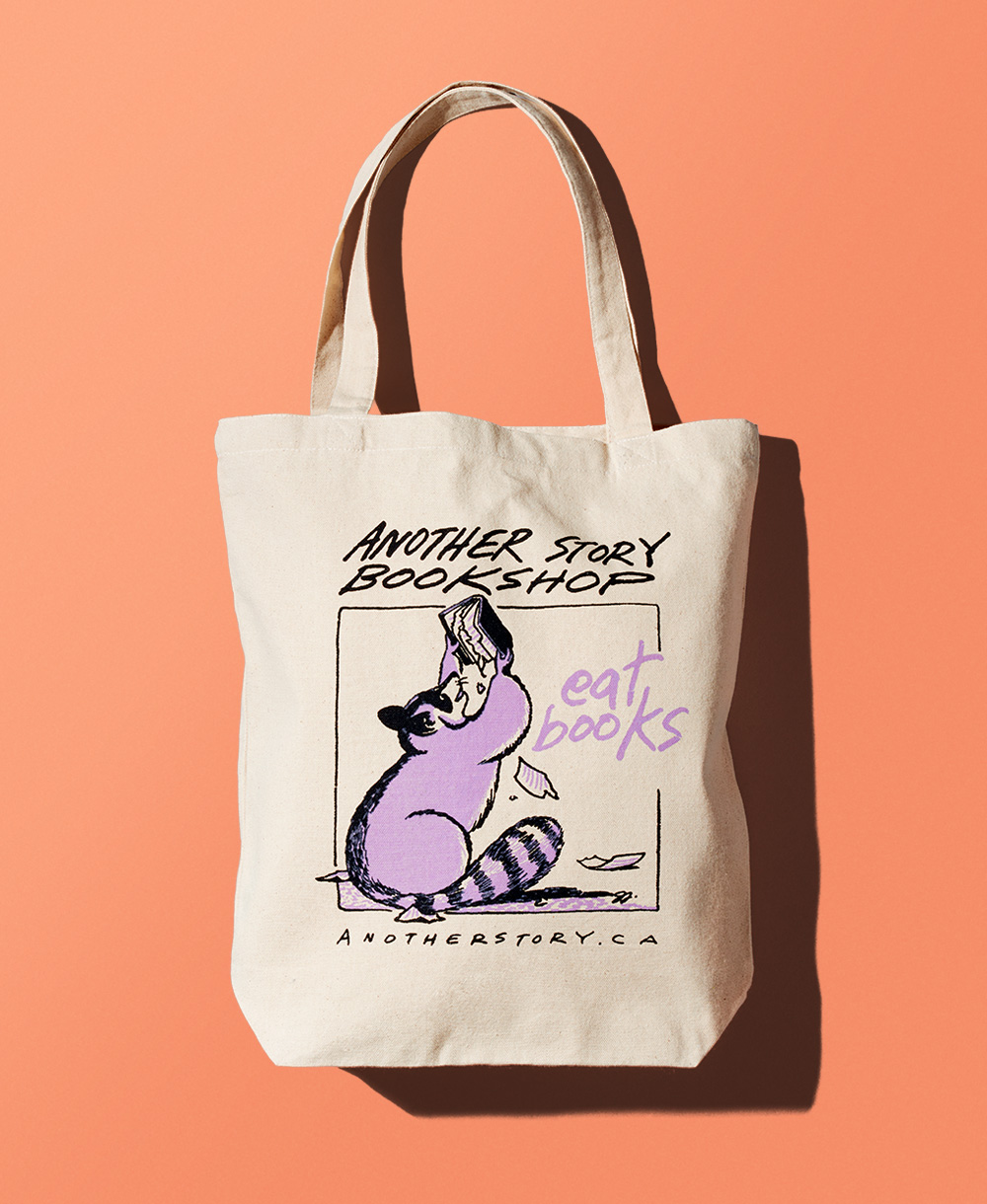
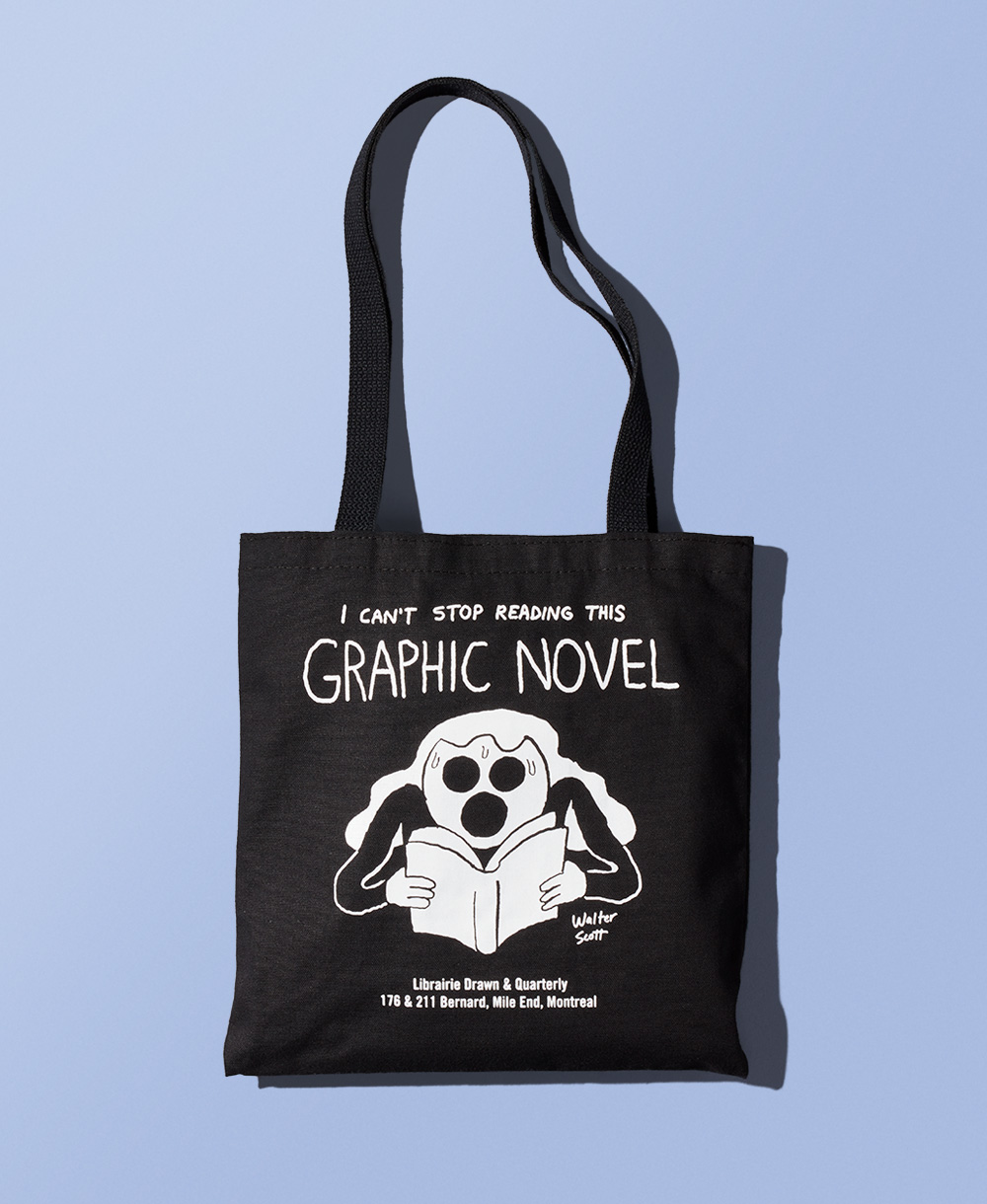
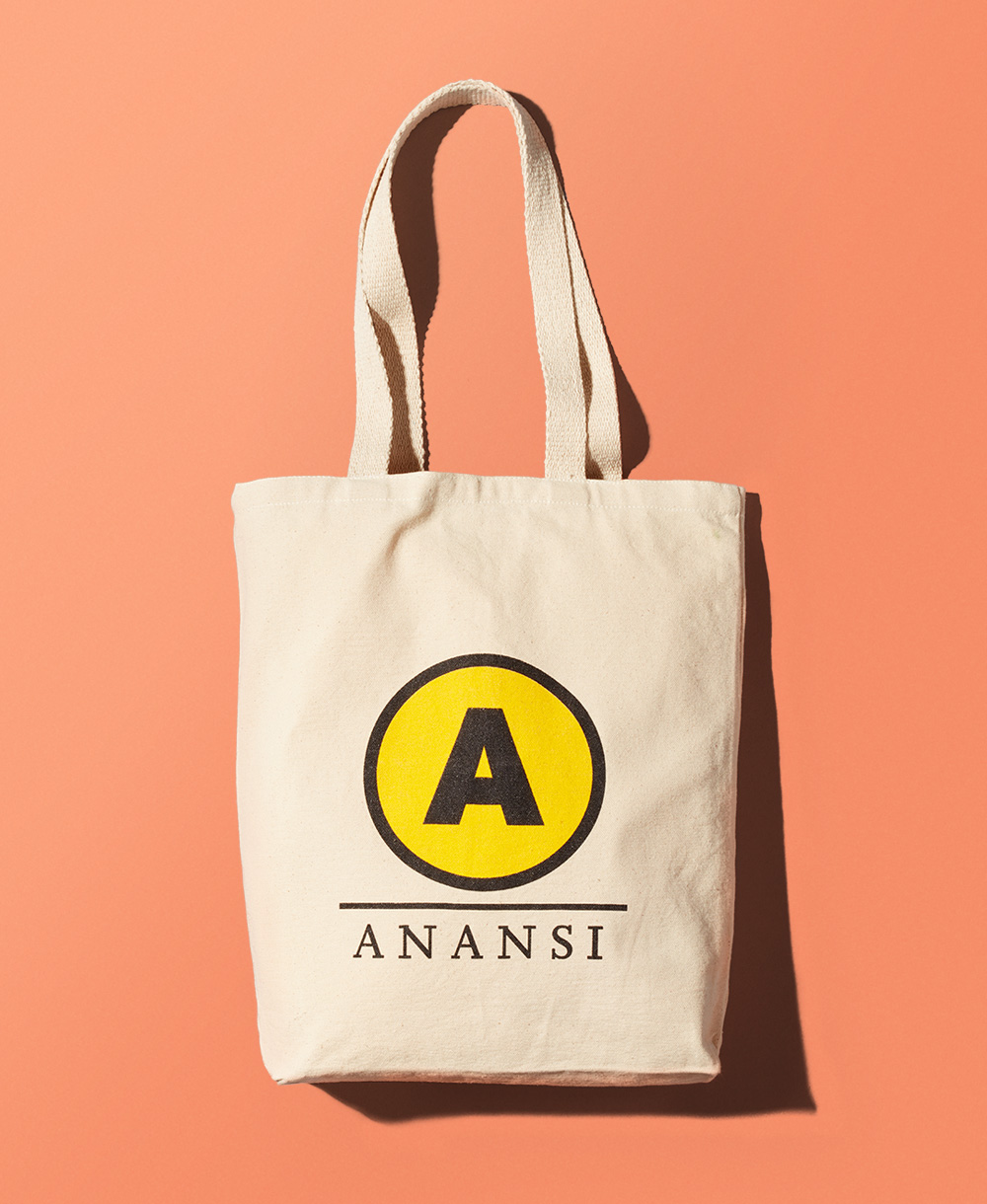
Serah-Marie McMahon, based in Toronto, is an editor at the children’s book publisher Annick Press and founder of the now defunct Worn Fashion Journal. She says that, much like T-shirts, tote bags frequently communicate to others in a way that’s overtly literal: through printed text. “Something that people can carry around becomes a talking point,” McMahon says. It helps that, as far as branded merch goes, totes are relatively easy to produce. Unlike T-shirts, they’re one size fits all, and unlike mugs, they provide a flat surface that allows for an easy image transfer.
Totes also have something of an antifashion aspect: plainness is the point. But scarcity can be part of their value too. As a former bookseller at Book City, an independent bookstore with four Toronto locations, Catherine Phillips got a lot of free totes from publishers. Many are limited-edition promotional items and aren’t available for sale, which make them even more coveted among collectors. While one of her favourites is a tote with a slight rephrase of a quote attributed to Louisa May Alcott (“She is too fond of books, and it has addled her brain”), another is a promo item bearing the cover of Sheila Heti’s experimental novel Pure Colour. The one that gets the most comments, she says, is the tote bag she has from House of Anansi, an independent Canadian publisher whose authors include Margaret Atwood and Patrick deWitt. The Anansi bag simply has the brand’s logo, an unassuming letter “A” in a yellow circle, with the word “Anansi” below it. It’s showing, not telling—you wouldn’t know it’s a literary tote unless you happen to be a literary person. “I get stopped every time I wear that one,” Phillips says.
Everyone wants to replicate the success of The New Yorker’s tote, but that’s hard to do. The magazine didn’t invent the literary tote bag, but it capitalized on the idea at the right time. The design was first floated in 2013. But the bag, in its current look, really took off in 2014, when a promotion for a free tote with a yearly subscription started in full force—the same year the website put up its metered paywall, according to Jon Carter, global director of customer revenue for The New Yorker. The bag was designed by the magazine’s art department, helmed by then creative director Wyatt Mitchell. Deanna Donegan, who was an editorial graphic designer at the time, says in an email that they didn’t realize they were creating an object that would become a phenomenon.
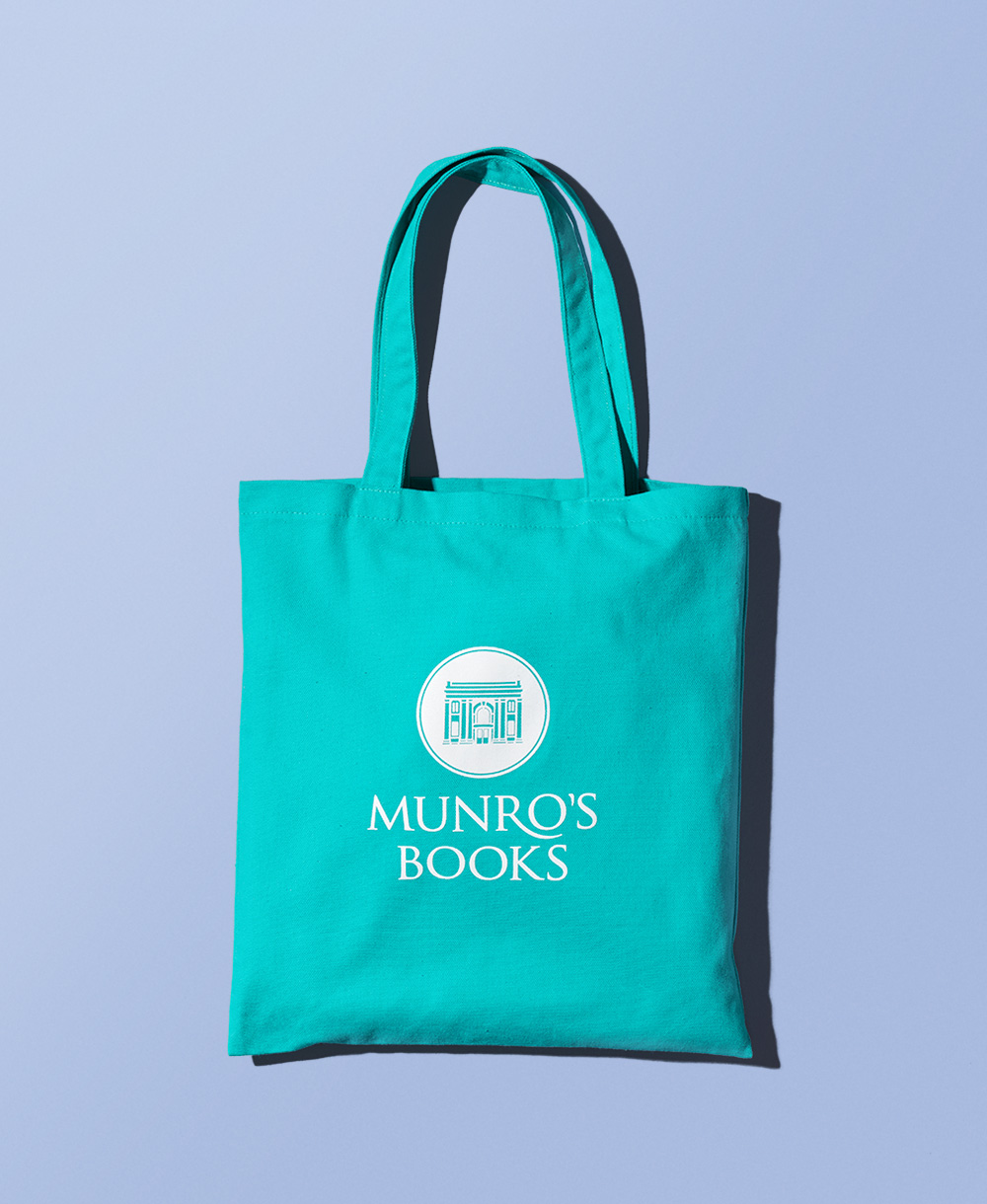
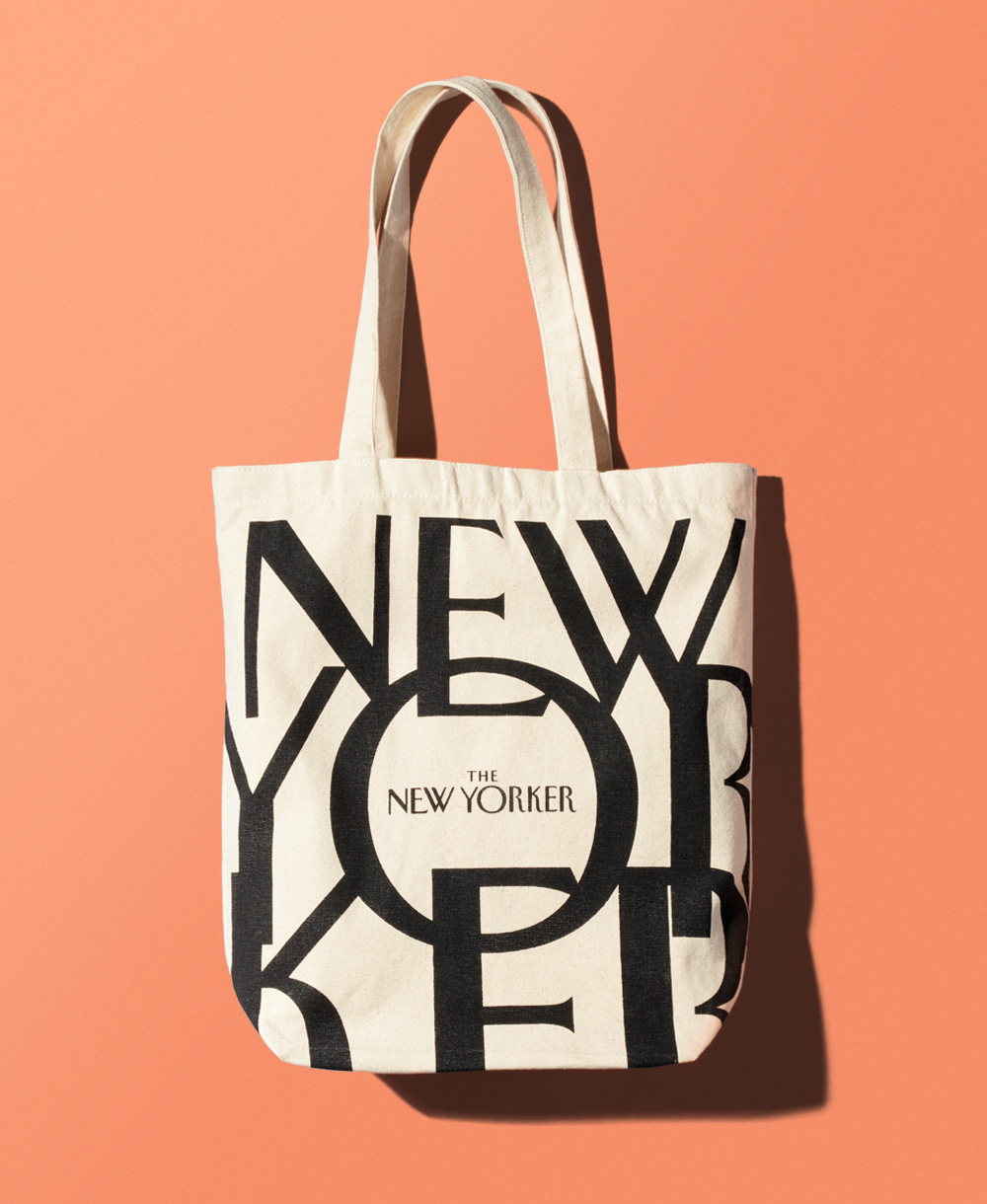
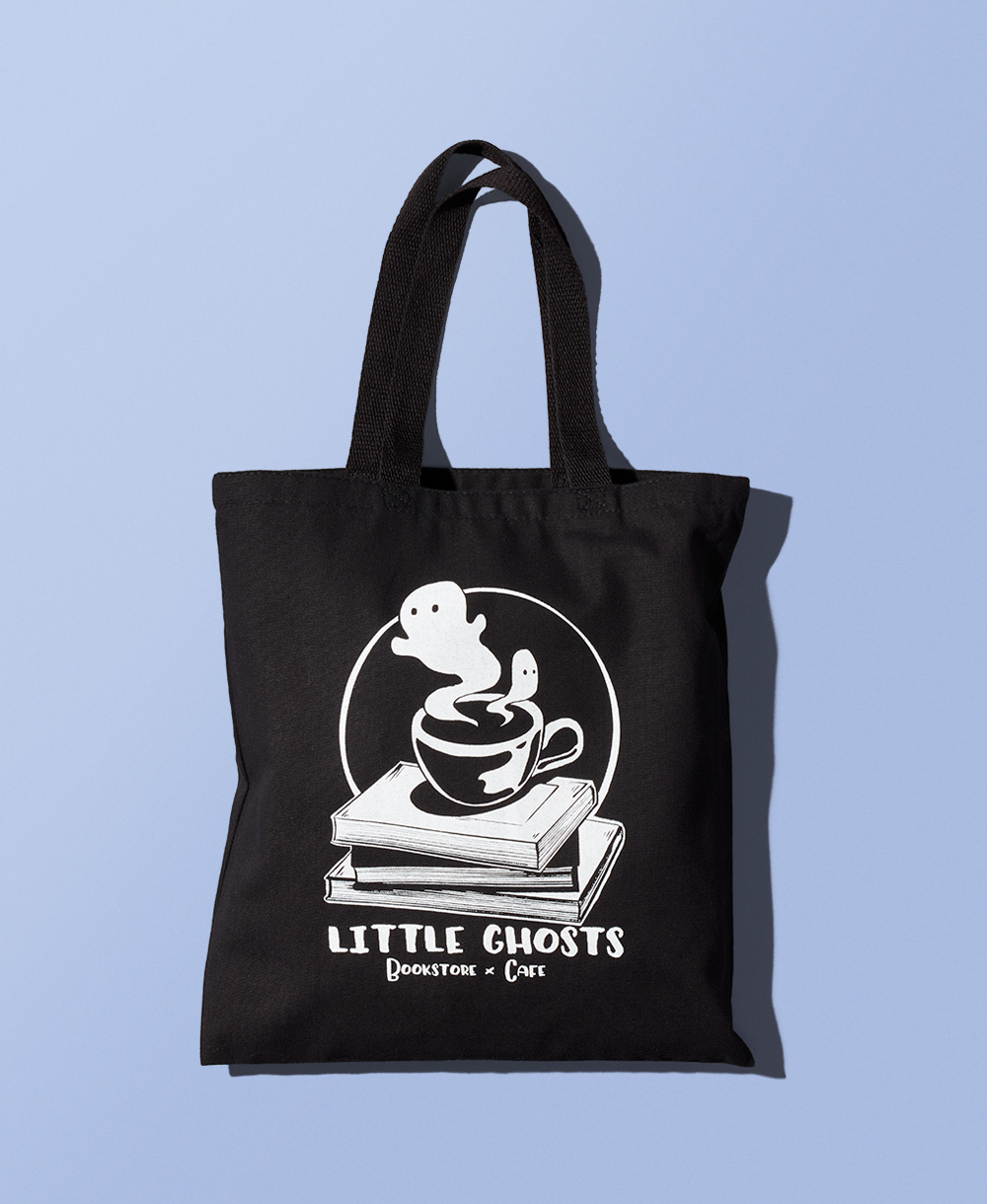
The resulting design, now immortalized, accidentally committed a “serious branding sin” that Donegan only later realized was something of a faux pas. The magazine’s name appears in oversized letters that keep expanding in size as the lines descend. It’s legible in full only once: in the middle, inside the “O.” “If I was a more seasoned designer at the time I might have thought twice about dissecting the wordmark so haphazardly—I later learned that most brands, especially legacy brands like The New Yorker, have strict rules about how their wordmark can be handled,” she says. That often means no changes to the colour, no new additions, and no unprecedented line breaks. “And here I was chopping it to pieces and reassembling it.”
That lack of self-consciousness, though, led to a design she was proud of.
“On its new canvas landscape the wordmark became abstract, but still immediately recognizable thanks to the century-old Irvin typeface that had graced the cover of The New Yorker since its inception,” Donegan says. “It had been refreshed and modernized, in my humble opinion, while still retaining its identity.”
The bag has become “the least exclusive exclusive status symbol,” according to an Instagram account made for the bag itself. By 2017, MarketWatch reported more than 500,000 bags had been given away—the introductory subscription offer that year was $49 (US).
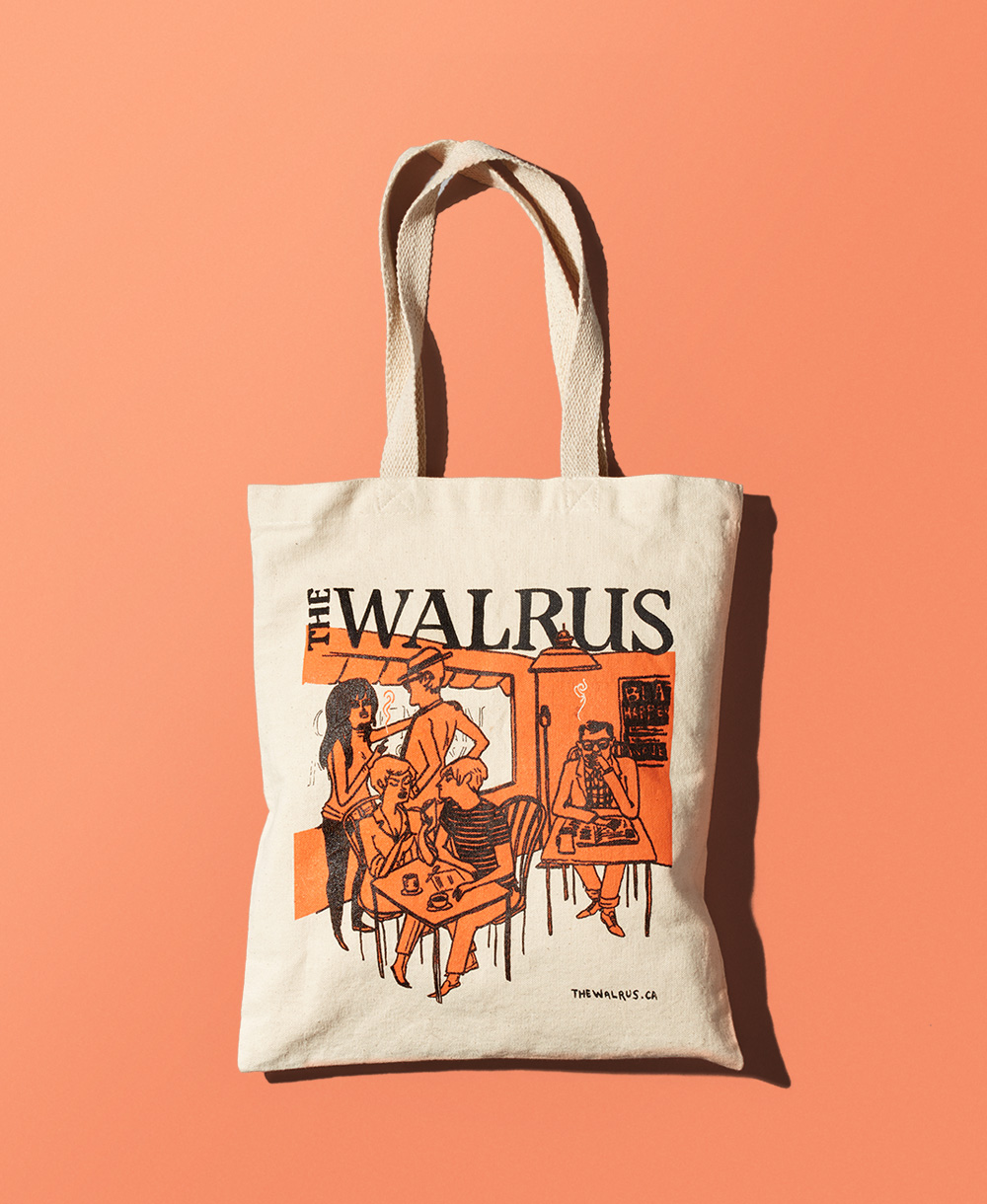
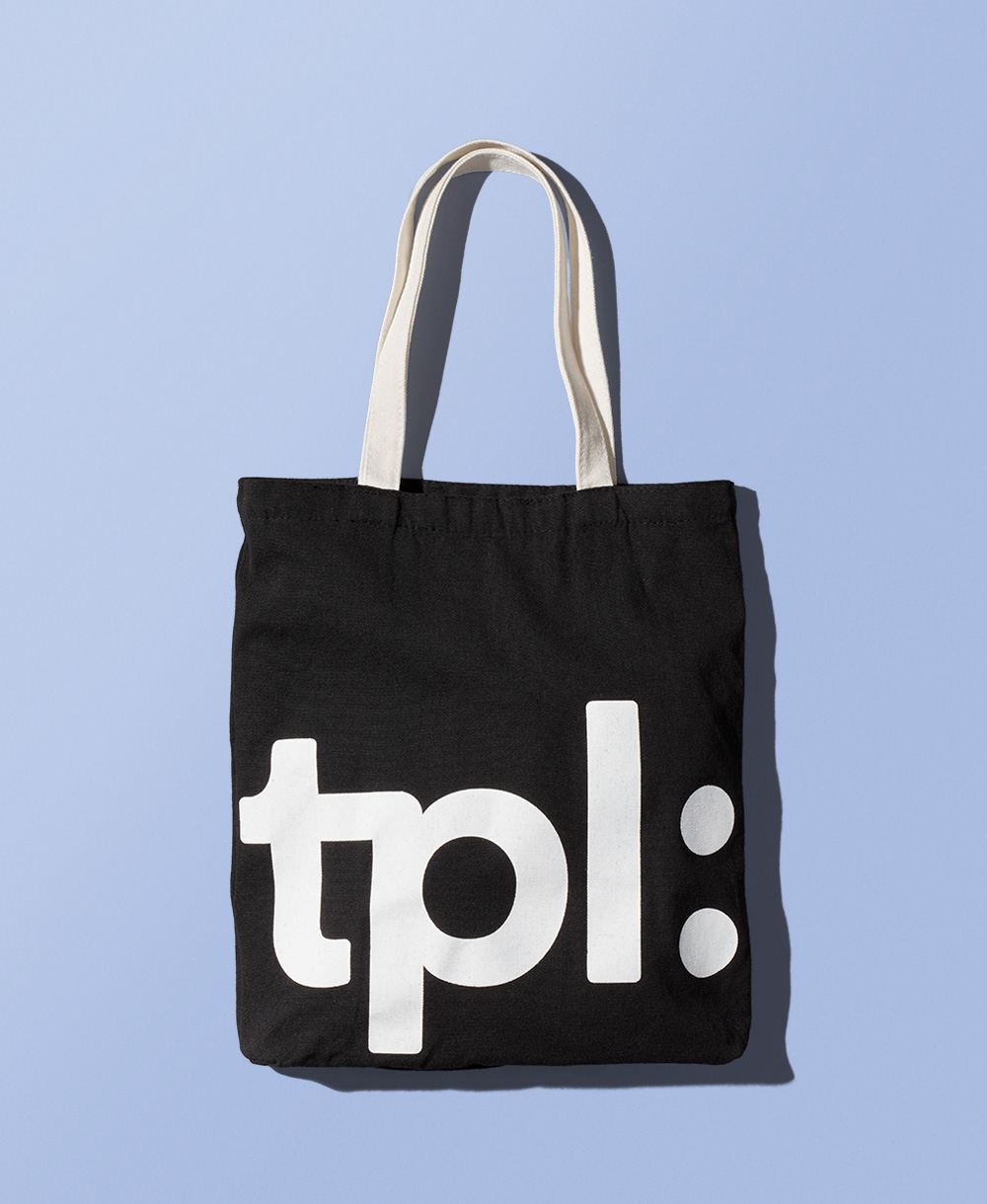
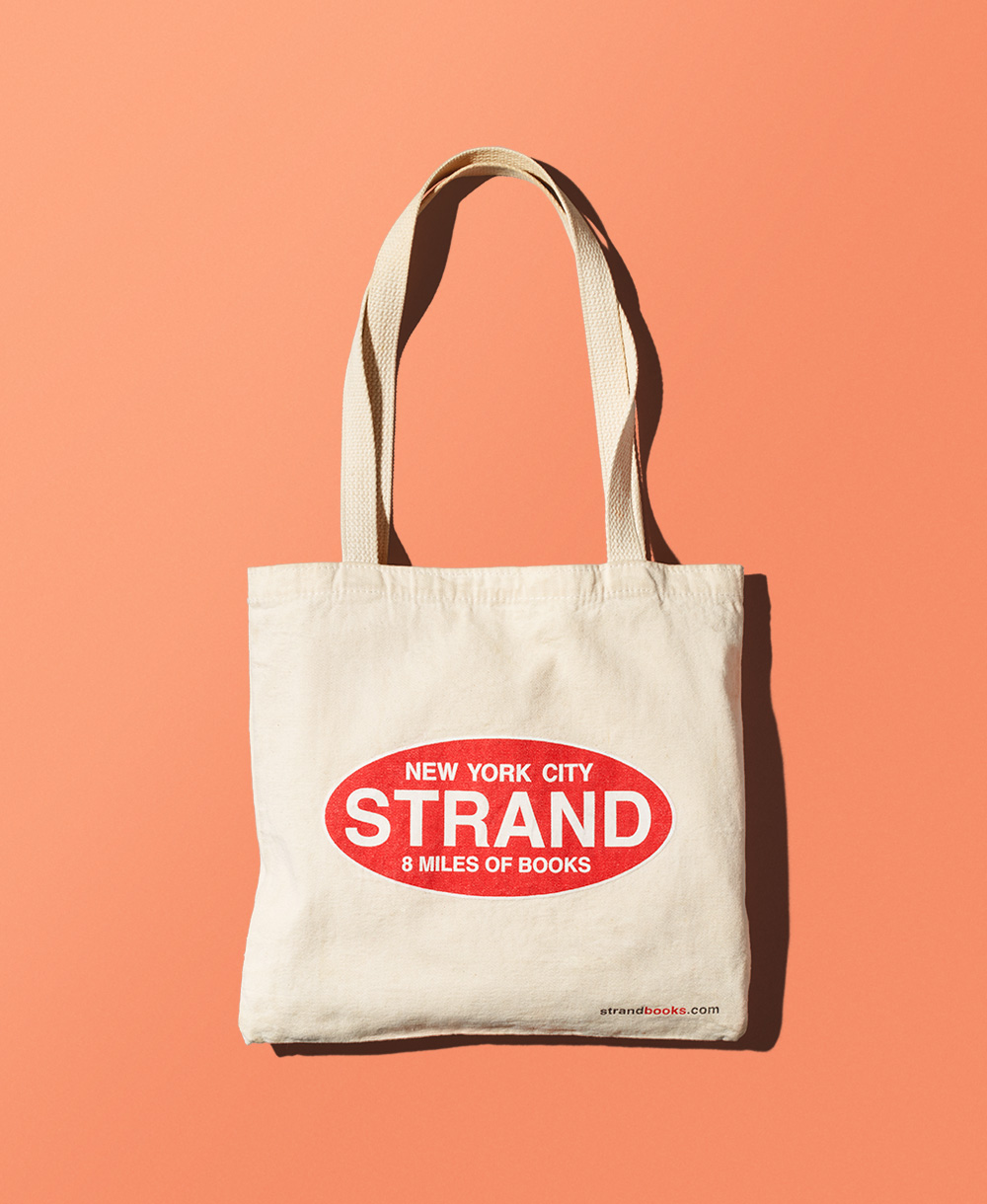
Before The New Yorker tote became a symbol of literary sophistication, there was the Strand’s. The enormous Manhattan shop boasts that it’s the world’s biggest independent bookstore. McMahon subscribes to the theory that its label-bearing tote was The New Yorker’s predecessor as the go-to objet d’art of the literati. She gets extra cred for owning a bag from the store before it expanded in 2005. Current totes from the Strand carry its slogan, “18 miles of books,” but McMahon and her husband have one from those preexpansion days, when it was just “8 miles of books.”
“We have an old one, with the old number, and I’m stupidly proud,” she says.
The Strand now has a tote bag section on its website and ships internationally, meaning an in-person pilgrimage, and the exclusivity that comes with it, is no longer a requirement for carrying the bag around.
Phillips mentions the term “tote brag”—something she came across a few years ago—to describe the kind of person who lets a tote bag express that they’re an interesting person without them actually doing anything. In some ways, a $25 literary press tote bag is just as much an “it bag” as the Hermès Birkin. Birkins can’t be purchased by just anyone with tens of thousands of dollars to spare—they’re distributed at the discretion of shopkeepers. The bags are coveted because they project something money can’t buy: a level of access most people don’t have. It’s not dissimilar to the sway held by people who carry around the tote bag from the German bookstore chain Hugendubel, with its mysterious gothic lettering and one circular red pattern. Because it carries no discernible branding, it’s near impossible for outsiders to the literary world to identify. But, to the people in the know, it’s a status symbol.
The literary tote is the perfect signifier for this moment in time because of its inherent contradictions: its lofty, high-minded ideals are represented by an item that’s earthy and utilitarian. It communicates rarefied taste, but it’s too functional to be pretentious. “It’s just a bag,” Phillips says. “But it’s so much more than a bag at this point.”







